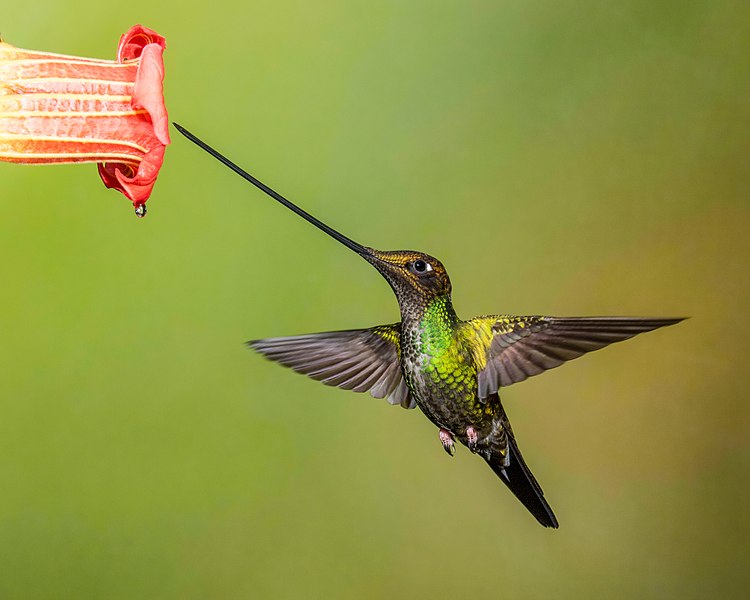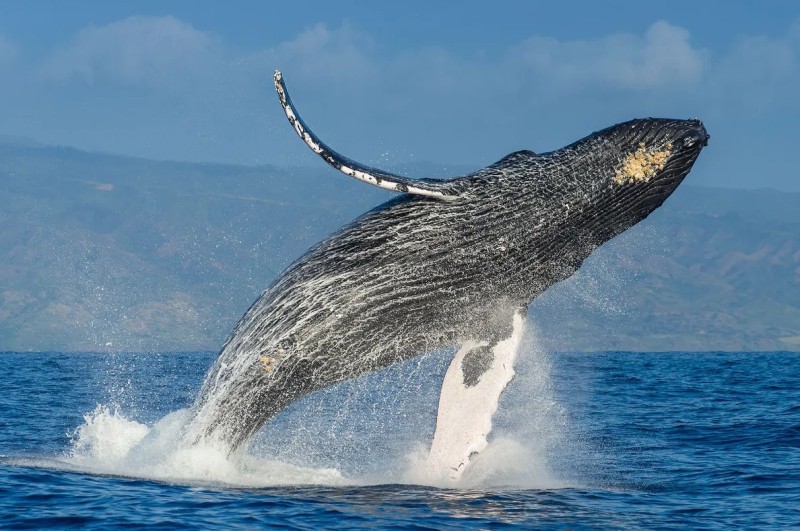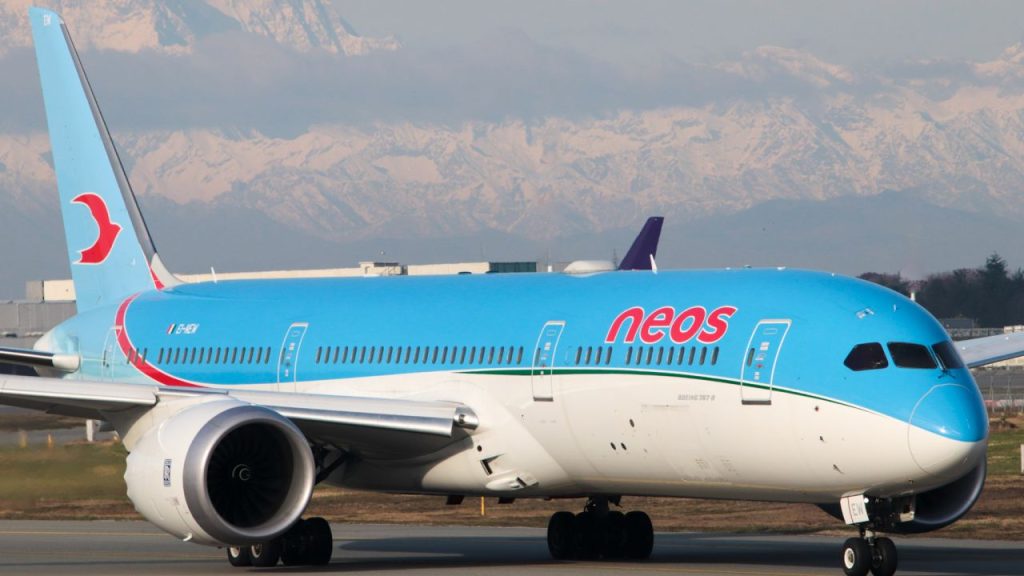In pre-Hispanic times, hummingbirds were considered messengers of the gods by the indigenous populations. Today, because of their role in tropical ecosystems, they are sentinels of biodiversity. Many species of hummingbird are threatened with extinction in the coming years.
Ecosystems are the only barriers separating us from the animal world. These are places where thousands of plant and animal species coexist in a delicate balance, where the food chain and a strong capacity to adapt and evolve have made life possible for millennia. Without these natural barriers, all the pathogens that affect tropical forest species, for example, jump, mutate and infect humans. Covid 19 and other families of viruses are increasingly demonstrating this reality.
Colombia is home to 1/5 of the world’s hummingbird species (165 out of 343), a family of birds that exists only on the American continent. Colombia’s geography is ideal for these birds, and the country has the highest number of species in the world (1934). In the Sierra Nevada de Santa Marta, which is not part of the Andes mountain range as you might think, but is a strange ecosystem, unique in the world, combining jungle, sea and mountain, we find the “Campylopterus phainopeplus”, better known as the sabre-billed hummingbird. It has only been studied twice, in 1946 when it was first discovered and in 2010 when it was miraculously seen again, at a time when its ecosystem has been totally undermined by human activity (mining, use of pesticides, cutting down of forests, intensive farming) and when it was thought to be extinct.
The Sierra Nevada is home to the Tairona, Koguis, Wiwas and Arhuacos, indigenous peoples who resisted oppression and colonial rule by moving away from the cities founded by the Spanish. It is in this Sierra that this hummingbird has chosen to live. He has only been seen there, away from it all, mainly in the El Dorado reserve.
Just as these indigenous communities fled the civilisation of the sword and faith, birds are also fleeing en masse from the large human settlements that thrive by exploiting and reducing natural spaces. The extinction of a species is a sign that an ecosystem is on the verge of collapse.
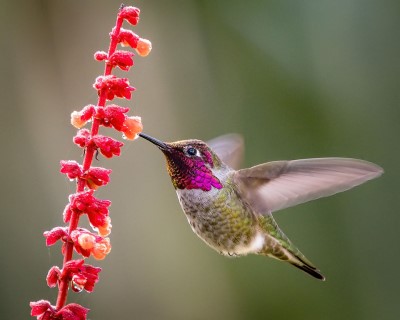
When a birdwatcher discovered this hummingbird, thought to be extinct, by its song in 2010, his astonishment made him think of a ghost. The birds are counted and ranked at the world’s most famous amateur birding event, the Ebird. Colombia is always the champion. Due to societal difficulties such as drug trafficking, vital ecosystems for hummingbirds and other animal species are shrinking year by year in Colombia. The main role of hummingbirds is to pollinate certain families of flowers, which in turn feed other birds and insects.
It must be distressing for hummingbirds, which have always had everything in their natural habitat, not to find food. How can a creature that expends so much energy in its work as a pollinator suffer from scarcity? For the world’s smallest birds, which flap their wings 60 times a second, the amount of nectar to be consumed per day is significant. Their short lifespan, from 1 to 5 years, shows us just how beautiful and fragile nature really is. Hummingbirds also feed on insects that they catch in flight. During the dry season, from February to May, they descend to altitudes of between 1,200 and 1,800 metres above sea level to feed. From June to September, they live on the moors at altitudes of between 3,200 and 4,800 metres. These ecosystems, where there is food at these times of year, have become hostile, as other species come to seek the same things they do. Resources are limited. Tired and weakened, they die, not reproducing fast enough to perpetuate the species.
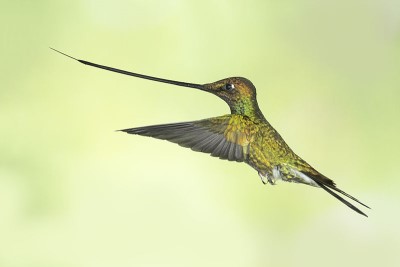
Hummingbirds love the nectar of the banana flower, where they are observed, but the massive use of chemicals to increase production is poisoning them.
The sabre-billed hummingbird has found a place in the popular imagination, which has made it the king of hummingbirds because of its rarity. It takes decades for an ecosystem to recover. The disappearance of this species, so rare in the world, would be an environmental tragedy. A tragedy because it is a species sought after by ornithologists, who are also following in the footsteps of the Himalayan quail and the Cuban kite, birds whose evolution has been atypical in the history of biology. In the case of the sabre-billed hummingbird, it is the size of its black, curved beak that makes it unique, its deep emerald green plumage with a bright blue throat that makes it irresistible.
Climate change is happening so fast that even in tropical ecosystems, the songs of many birds are disappearing every year, and with them their important role that no one can replace. This is a warning from nature, which has seen so many species appear and disappear over millions of years. We have to remember that a species that disappears brings us closer to extinction. Everything is linked in nature and we all play a role that only we can play.

